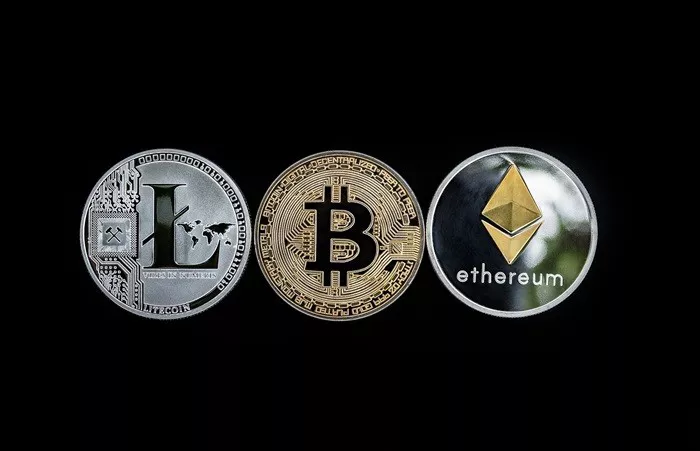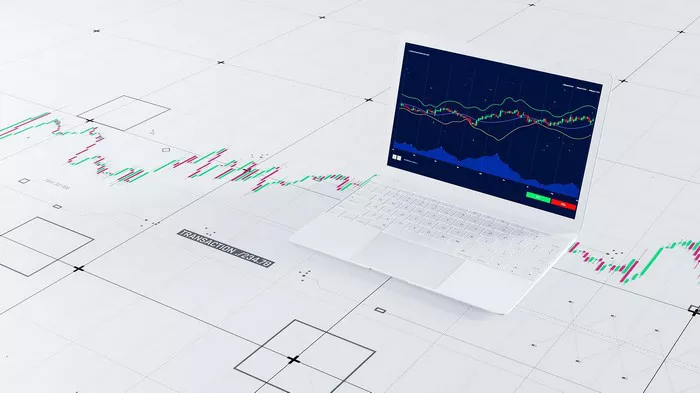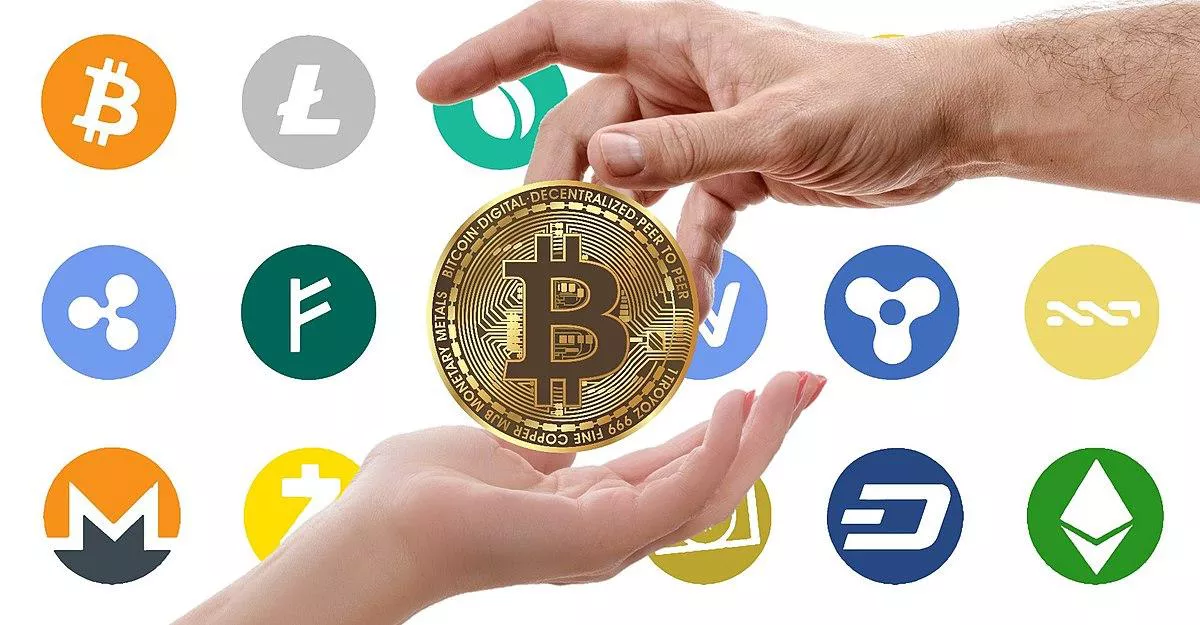In the world of finance and currency trading, understanding how exchange rates move is a critical aspect of global trade and investment strategies. The USD to INR exchange rate has always been a focal point for investors, businesses, and policymakers, as the U.S. Dollar (USD) and the Indian Rupee (INR) represent two significant economies. The USD to INR exchange rate is influenced by various economic, political, and financial factors that can lead to fluctuations, making it crucial to analyze what might drive the exchange rate over the next few years. This article delves into the factors shaping the USD to INR exchange rate, providing a detailed exploration of what will drive this exchange in 2025.
Understanding the USD to INR Exchange Rate
The exchange rate between the U.S. Dollar and the Indian Rupee plays a vital role in shaping the global financial landscape. The USD to INR rate determines the relative value between the two currencies, which directly affects everything from trade to investment flows. It is important to analyze this relationship as it impacts Indian exports, imports, inflation, and the overall economy. As the U.S. Dollar remains the dominant global reserve currency and the Indian Rupee is increasingly seen as a currency of growing emerging markets, understanding how the USD to INR exchange rate will evolve is vital.
Key Drivers of Exchange Rate Movements
1. Economic Growth and Stability
The economic growth of both the United States and India plays a pivotal role in the USD to INR exchange rate. When a country experiences robust economic growth, its currency tends to strengthen, as investors seek opportunities in that economy. The economic indicators, such as GDP growth rates, employment figures, and inflation rates, will determine the strength of both the U.S. Dollar and the Indian Rupee.
In recent years, the U.S. economy has been characterized by relatively stable growth, supported by strong consumer spending and technological innovation. However, India has shown higher growth potential with its expanding population, increasing consumption, and burgeoning tech industry. The future trajectory of the USD to INR exchange rate will depend on whether India can sustain this high growth momentum.
2. Interest Rates and Monetary Policy
Interest rates and monetary policy decisions by the U.S. Federal Reserve and the Reserve Bank of India (RBI) are key determinants of exchange rate movements. Higher interest rates in the U.S. typically lead to a stronger U.S. Dollar because investors are attracted to the higher returns on U.S. assets. Conversely, when India raises its interest rates, it can lead to a stronger INR as foreign capital is attracted to the Indian economy.
Looking at 2025, it is essential to consider whether the Federal Reserve will continue its rate-hiking cycle or shift towards easing, especially if inflationary pressures subside. Similarly, the RBI’s stance on interest rates will be critical, particularly as India aims to manage inflation while promoting growth.
3. Inflation Trends and Price Stability
Inflation plays a crucial role in the long-term value of a currency. High inflation erodes purchasing power and tends to weaken a currency. In 2025, both India and the U.S. will likely face inflationary pressures, though the magnitude and response to these pressures will differ between the two countries.
The U.S. has been managing relatively higher inflation in recent years, leading to tightening monetary policies. On the other hand, India faces inflation challenges linked to rising food and energy prices. If the U.S. can successfully tame inflation while ensuring economic stability, the U.S. Dollar could maintain its strength. India’s ability to curb inflation while fostering growth will be key to the future performance of the INR.
Global Trade and Geopolitical Factors
4. U.S.-India Trade Relations
Trade relations between the U.S. and India are another significant factor influencing the USD to INR exchange rate. As both countries expand their economic and trade ties, the currency exchange dynamics are bound to shift. India has become a key partner in global supply chains, and its exports to the U.S. continue to rise. The U.S. Dollar is involved in most international transactions, meaning that increased trade between the two countries could place upward pressure on the USD in relation to the INR.
At the same time, India’s push towards self-sufficiency and the promotion of “Atmanirbhar Bharat” (self-reliant India) could reduce dependency on foreign imports, including the U.S. Dollar. A reduction in the demand for USD due to these domestic initiatives could have a moderating effect on the exchange rate.
5. U.S. Dollar Dominance and Global Currency Trends
The dominance of the U.S. Dollar as the world’s reserve currency means that fluctuations in the value of the USD have widespread effects. Global currency markets are heavily influenced by the movement of the U.S. Dollar, which serves as a benchmark for international trade and investment.
However, over the past few years, there has been growing interest in diversifying away from the USD, particularly among emerging economies. The shift towards the use of local currencies in trade agreements and the rise of digital currencies may gradually affect the future strength of the U.S. Dollar, which could have a direct impact on the USD to INR exchange rate.
Domestic Factors Affecting the INR
6. India’s Economic Reforms and Policy Adjustments
India has been actively pursuing a range of economic reforms aimed at boosting growth, improving infrastructure, and enhancing the ease of doing business. These reforms, including the Goods and Services Tax (GST), labor reforms, and initiatives to boost foreign direct investment (FDI), can have significant implications for the INR.
For example, an increase in foreign investment in India would likely lead to an increased demand for the Indian Rupee, driving its value higher against the U.S. Dollar. On the other hand, if the Indian government faces challenges in implementing its reforms or if external factors like global trade disruptions arise, it could negatively impact investor confidence, weakening the INR.
7. Foreign Exchange Reserves and Market Intervention
India’s foreign exchange reserves are a key factor in managing the value of the INR. The Reserve Bank of India uses its reserves to intervene in the currency markets to stabilize the INR when needed. If the RBI continues to build its foreign exchange reserves, it may be able to buffer the INR against market volatility and prevent significant depreciation.
Market interventions can help stabilize the INR against the U.S. Dollar during periods of heightened volatility, providing confidence to investors and traders. However, if the reserves decline or if external factors such as global market uncertainty increase, the RBI may struggle to defend the INR’s value.
The Role of Digital Currencies and Blockchain Technology
8. The Rise of Digital Currencies
Digital currencies, particularly central bank digital currencies (CBDCs), are becoming increasingly relevant in global finance. Both the U.S. and India are exploring the potential of CBDCs, which could transform the way currency markets operate. As these digital currencies evolve, they could reduce the reliance on traditional fiat currencies like the U.S. Dollar, which would have an indirect impact on the USD to INR exchange rate.
India’s central bank, the Reserve Bank of India, has already launched a digital Rupee pilot project, which may gain traction over the next few years. If digital currencies become mainstream, they could change how currencies are traded and affect the demand for both USD and INR.
9. Global Economic Shifts and Their Impact
The global economy is constantly evolving, and major shifts can have ripple effects on exchange rates. Trade wars, global financial crises, and changes in commodity prices all affect the relative value of currencies. As global economic conditions evolve in the lead-up to 2025, it is likely that these macroeconomic shifts will influence the USD to INR exchange rate.
For instance, fluctuations in oil prices, a key commodity for India, can directly impact India’s trade balance and, in turn, the INR. Similarly, global economic conditions, such as economic slowdowns or growth periods, can shift investor sentiment, leading to fluctuations in the USD to INR exchange rate.
Conclusion
As we look ahead to 2025, the USD to INR exchange rate will likely be shaped by a complex set of factors. Economic growth, interest rate differentials, inflation trends, and domestic policy reforms will all play a pivotal role. The U.S. Dollar will continue to be a dominant force in global markets, but India’s rapidly growing economy and efforts to reduce dependence on external currencies will influence the value of the INR.
In the coming years, it is essential to monitor both global and domestic economic indicators, as well as the evolving relationship between the U.S. and India. While predicting an exact exchange rate is challenging, understanding these key drivers provides valuable insights for investors, businesses, and policymakers preparing for the future of the USD to INR exchange rate.
Related topics:































